Amazing Innovation or Billion Dollar Blunder? The Norden Bombsight

The U.S. went “all in” on the Norden bombsight before the war, subsequently doubling down on it and its variations during the conflict.
In the interwar period of the 1920s and 30s, nations worked tirelessly to develop technologies that could better utilize aerial bombardments to destroy or at least limit a country’s ability to make war.
The U.S. was no different. It sought to create technology that would reduce the exposure of ground forces to enemy combatants. The idea was simple: destroy large formations, capital ships, and industry before they could engage friendly troops, thus reducing casualties significantly.
This was no easy feat since a typical bomber at 20,000 feet would need to drop their bomb load accurately roughly two and a half miles before they reached their target. They would also be past the target area by the time the bombs actually hit the target.
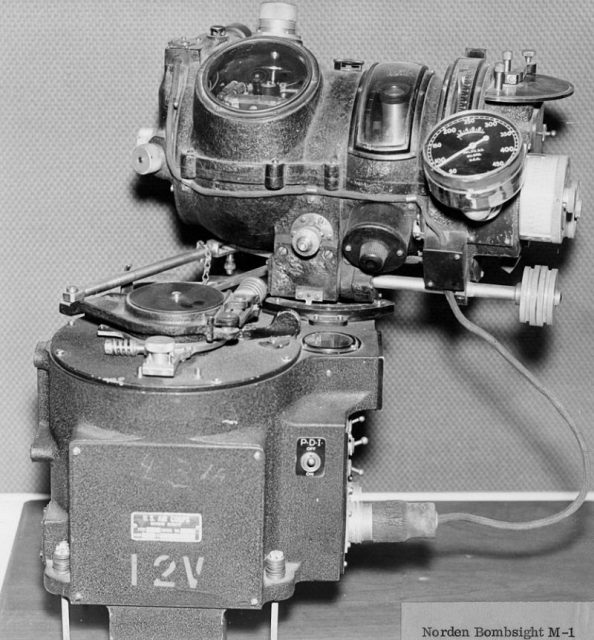
The U.S. Navy’s prayers were answered when a group of engineers led by Carl Norden developed a bombsight that he famously claimed: “Could put a bomb in a pickle barrel from 20,000 feet.”
The U.S. Army Air Corps soon followed the Navy’s lead and the two forces combined to fund the development and production of the Norden bombsight. A sum of $1.5 billion U.S. had been spent on the concept by the end of the war.
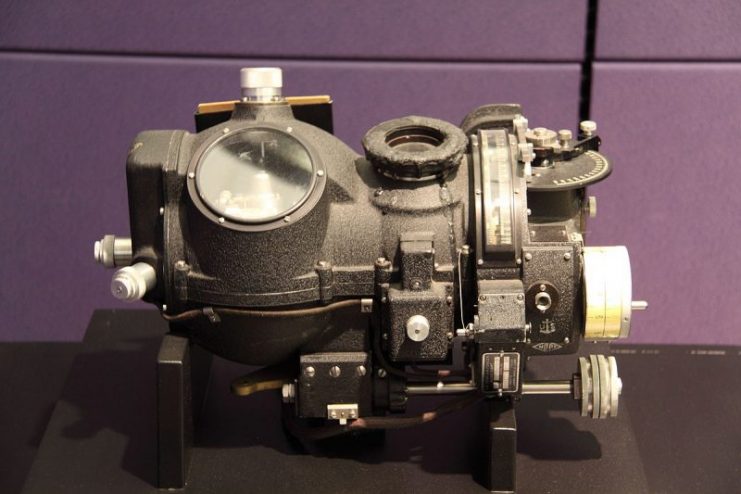
To put the project’s importance and expense in perspective, consider that the U.S. spent a total of $3 billion U.S. on the Manhattan Project to produce the world’s first atomic bombs. When compared to today’s dollars, these sums were astronomical.
Of course, we know the results of the Manhattan Project clearly, but just how effective was the “cutting edge” technology of the Norden bombsight? And did it accomplish what it was tasked with achieving?
Your Mission if You Choose to Accept
The U.S. went “all in” on the Norden bombsight before the war, subsequently doubling down on it and its variations during the conflict. The development of this piece of equipment and the technology involved was kept shrouded in secrecy.
Depending on the source, between 70,000 and 100,000 of the devices were produced for the U.S. military in the 30s and 40s.
The Norden bombsight was intended to solve four problems facing the commanders of the United States military.
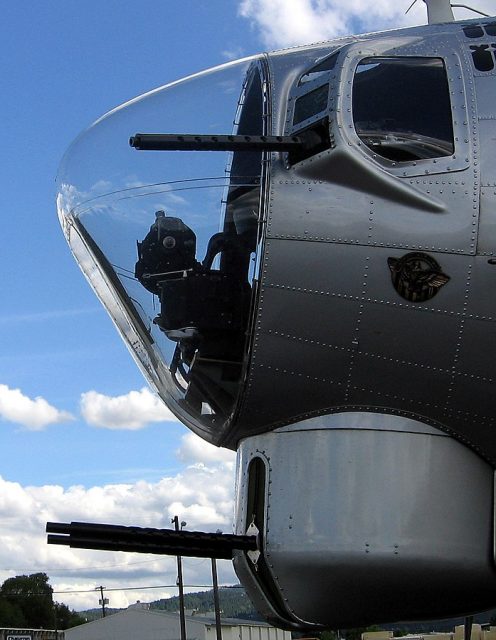
First, the Norden was to assist the U.S. Armed Forces in reducing an enemy’s capability for war through precision bombing. Such missions would incorporate large, fast bombers conducting daylight attacks on the enemy’s industrial capacity and transportation infrastructure.
Second, the technology was intended to enable U.S. Naval and Army air forces to accurately bomb enemy formations such as ships, bunker complexes, and even moving formations. The hope was to incapacitate such forces before they could bring their weapons to bear on American soldiers and sailors.

Third, the device had to work in combat conditions while being operated by a pilot or bombardier who had been trained on what was essentially an analog computer.
Lastly, the bombsight’s pinpoint accuracy was packaged to the Congress and the public at large as a means to reduce or eliminate collateral damage to civilians and other unintended targets.
Every effort was made to keep the particulars of the Norden bombsight secret even from U.S. allies during development, production, and use in combat. Bombardiers gave an oath not to reveal how the device worked if captured by the enemy.
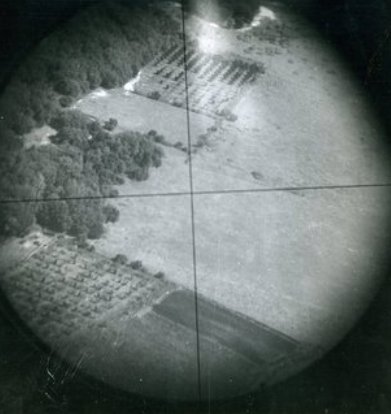
Performance – Big bucks, but No Bang!
Many studies and much analysis have been done on the effectiveness of the Allied bombing campaign during World War II. It has been debated whether the number of resources allocated to the campaign combined with the loss of life (both aircrews and enemy casualties) and the accuracy of the attacks justified the effort and expense expended.
The U.S. Air Force, as it became known after the war, has given probably the most favorable reviews of the campaign. An official audit that was carried out after the war concluded that in relation to the 8th Air Force, 31.8% of its bombs from 21,000 feet hit within 1,000 feet of their target.

This was the most optimistic assessment. Others had the hit ratio as low as 5%. Malcolm Gladwell used data during a TED Talk of a 22-mission campaign on a chemical factory in Germany during WWII that revealed only 10% of 85,000 bombs hit their target.
The raids that Gladwell speaks of occurred in 1944 so they involved experienced crews and bombardiers. Also, the target wasn’t small — it was a huge complex over 700 acres. The results: the factory was back in business in a matter of weeks.
So, considering how the Norden addressed the first problem facing it, we have to ask: was the Allied bombing campaign able to eliminate Germany’s ability to stay in the war? Quite simply, no. Most research suggests that Germany’s lack of natural resources and manpower played a much greater part.
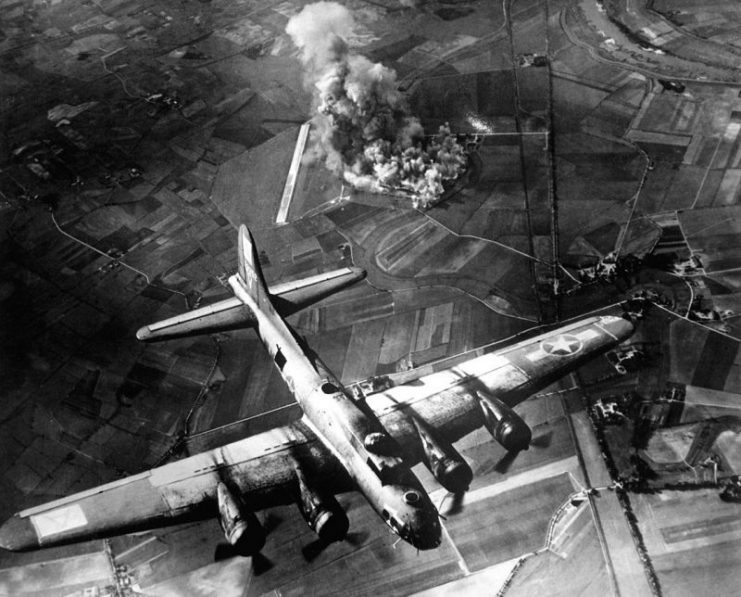
To answer the second requirement is a much easier task. The Norden bombsight was totally abandoned by the U.S. Navy early on in the process in favor of dive and torpedo bombing of enemy ships. The reason: accuracy.
The U.S. Army was no different when it came to attacking enemy ground forces. It relied heavily on fighter-bombers to provide accurate fire support, and these planes weren’t fitted with Norden bombsights. Instead, the pilots used dive-bombing and strafing attacks.
Even on D-day in 1944 against static beach emplacements, the vast majority of pre-invasion bombers missed their targets completely, leaving the fortifications intact for amphibious and naval forces to deal with.
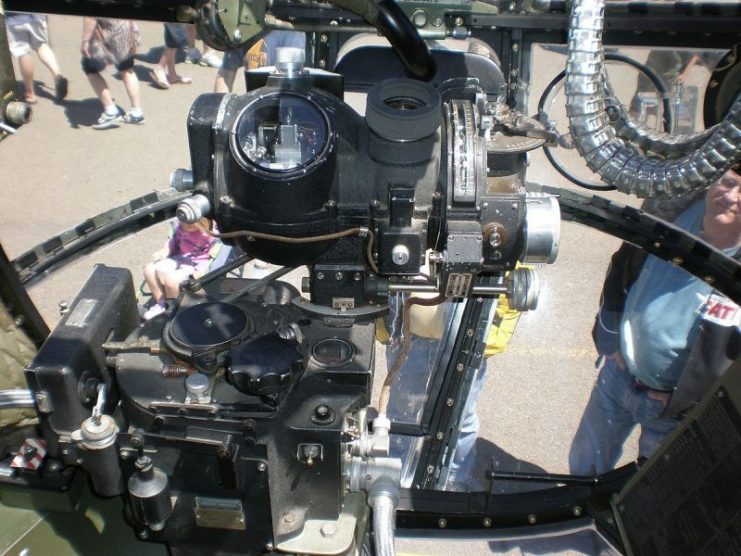
Was the Norden bombsight able to function properly in typical combat conditions? Also a resounding no. Despite extensive training of over 50,000 bombardiers, the biggest problems with the Norden bombsight had little to do with the bombardiers themselves.
Most importantly, the device was designed so that the bombardier could manually line up the target in the bombsight and then let the Norden take over the calculations. However, the bombardier needed to see the target first.
Anyone familiar with Europe knows that daylight doesn’t necessarily mean sunlight. The existence of clouds is more common than not, and consequently, aircrews couldn’t always precisely locate their targets.

Additionally, crews were flying at higher altitudes, faster speeds, and in the face of enemy flak and fighter planes. The Norden required a constant speed and heading to be effective, but that also made the bombers susceptible to the enemy.
Finally, there was the large number of instances where the bombsight didn’t work properly even under good conditions. The main reason for this was that the mass production of the Norden meant that sub-contractors had to be used to meet the demand. This led to countless production errors.

The last stipulation in the development and production was the secrecy of the project. Yet again, the project failed.
Germany already had the plans of the Norden bombsight over two years before the U.S. entered the war. A German working for Carl Norden had copied the plans and sent them to Germany where he later vacationed and explained the inner workings of the device.
Ironically, the German Luftwaffe decided that the bombsight wasn’t practical for their purposes. It was too complicated for the user, had too many small moving parts to be produced in quantity, and was seemingly no better in accuracy than their own bombsights.
In a 2009 thesis written by Michael Tremblay on the Norden bombsight, he points out a telling quote from a pilot described an in-flight emergency during the war.

“I ordered the crew to dump everything overboard. All the ammunition, machine guns, even the Norden Bombsight which Lieutenant Fitzsimmons took a great deal of pleasure tossing out.”
The willingness and pleasure of the crew in throwing out the Norden is very telling of the lack of respect the airmen had for its value, despite its super secret nature.
Lastly, the failure of the publicly lauded aim to utilize technology to avoid collateral damage against civilians is most appropriately illustrated by the bombings in Hiroshima and Nagasaki. There, the bombs hit within 800 and 1500 feet respectively of their targets by utilizing the Norden bombsight.
